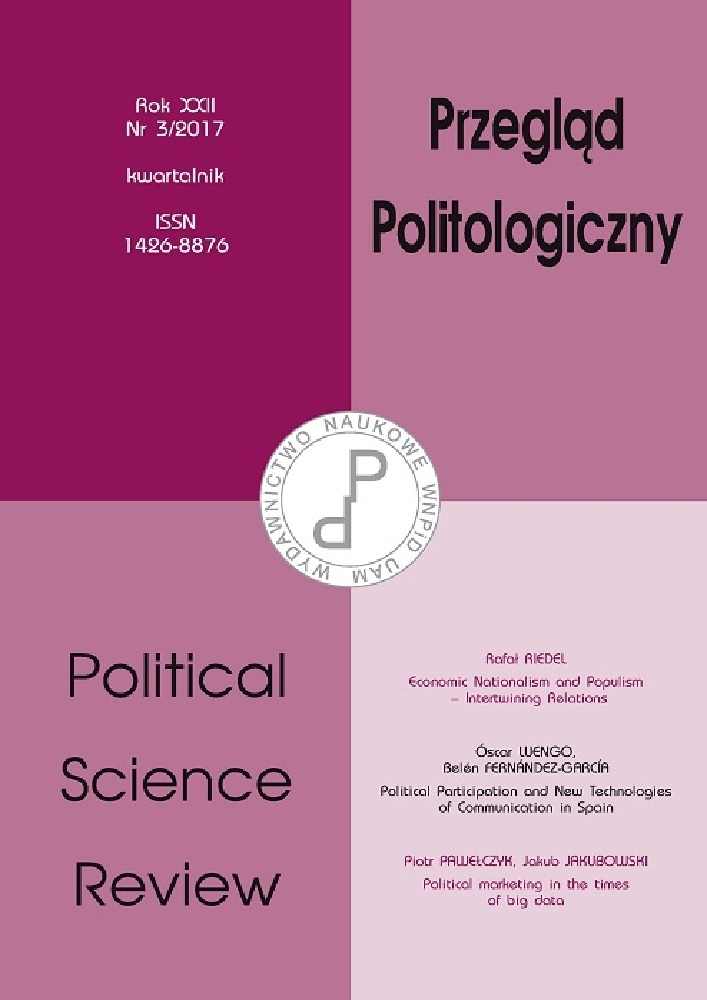Abstract
Twenty five years after the dissolution of the former Soviet Union and the reemergence of the Central Asian Republics as independent States, this region continues to be the scene of rivalries amongst the big powers (Russia, China, the European Union, USA, India, Japan, Turkey and Iran) competing in a sort of a “new Grand Game” to increase their geopolitical and economic influence in the region. Its geography, diverse and rich natural resources, like oil and gas, explain the ongoing hidden rivalries. Despite its common historical and cultural past, Central Asia constitutes a heterogeneous region with a multiethnic and multi-linguistic composition and a low degree of physical, economic and trade integration. The lack of mutual trust, the persisting tension over borders and the use and sharing of natural resources, as well as different levels of economic performance have so far jeopardized the development of genuine regional cooperation. Against this background, the idea behind the Chinese OBOR Initiative to develop rapid transportation, if well implemented, could theoretically, by improving interregional connectivity, develop the Central Asia regional market and foster intergovernmental cooperation and people-to-people contacts within the region. In this context, could we expect that the ambitious Chinese OBOR Initiative will boost geopolitical stability and promote shared economic and trade benefits in Central Asia? What are the conditions for that need to be fulfilled?The author analyzes in depth certain crucial political, economic and institutional requirements for the successful implementation of the OBOR Strategy and concludes, however, that three years after the launching of this crucial instrument of the Chinese “globalization without democracy” model, its implementation faces major problems and thus raises more doubts than certainties.
References
Asian Development Bank (2008), How to Design, Negotiate and Implement a Free Trade Agreement in Asia, Office of Regional Economic Integration, April.
Asian Development Bank (2016), Complete Asian Economic Integration Report 2016, AEIR.
Council of the European Union (2007), The EU and Central Asia: Strategy for a New Partnership (Doc 10113/07), 31 May 2007.
Council of the European Union, Council conclusions on the EU Strategy for Central Asia (Doc 10191/15), 22 June 2015.
Ding A. S. (2008), Sino-US Competition in Strategic Arms, S. Rajaratnam School of International Studies, Singapore, 24 April 2008.
Doix V. (2016), Strategie de la mer Caspienne: le dernier avatar de la mainmise russe, “Diploweb.com. La revue géopolitique”, 25 September 2016.
European Parliament (2016), Resolution on the Implementation and review of the EU-Central Asia Strategy, P8_TA(2016)0121.
European Parliament (2016), Resolution on EC-Uzbekistan Partnership and Cooperation Agreement and bilateral trade in textiles, P8_TA-PROV(2016)0490.
Firdus Ah Dar (2014), India’s response to new great game in Central Asia, “Journal of South Asian Studies”, no. 02(01), pp. 33–44.
Garcés de los Fayos F. (2016), Uzbekistan: Succession issues at the heart of Central Asia, European Parliament, Policy Department, Study, October.
Gurcan M. (2017), Russia scores diplomacy points by mentoring Kazakhstan on Mideast, Al-Monitor, 03 January 2017.
Hattstein M. (2000), Central Asia and Asia Minor: the Great Seljuks, the Anatolian Seljuks and the Khwarazm-Shahs: History, “Islam, Art and Architecture”, Könemann Verlagsgesellschaft mb.H., Cologne, pp. 348–353.
Hyer E. A. (2005), Haunting by history: China and its North Western Neighbours, Historia Actual Online, Núm. 7, Primavera, pp. 83–92.
Kinyakin A. (2016), The Eurasian Integration: Challenges and Opportunities for the EU, Working Paper presented at the 16th International Academic Conference on “Security of Europe, EU and Poland in the face of new challenges. Status Quo and Futures Scenarios”, organized by the Faculty of Political Science and Journalism, Adam Mickiewicz University, Collegium Polonicum, Słubice, February 4–5.
Luttwak E. N. (2012), The Rise of China vs. the Logic of Strategy, Harvard University Press, Cambridge, p. 12.
Mori S. (2016), The New Great Game: An Opportunity for the EU’s Common Foreign and Security Policy, European Institute for Asian Studies, Briefing paper, June.
Parliamentary Assembly of Council of Europe (2014), Resolution 1984(2014) on The request for Partner for Democracy status with the parliamentary Assembly submitted by the Parliament of the Kyrgyz Republic. Text adopted by the Assembly on 8 April 2014. See also Doc. 13461, report on the Committee on Political affairs and democracy, rapporteur: Mr Andreas Gross.
Rafi S. (2016), “Punjab-centric” China-Pakistan Economic Corridor exposes political divisions, “Asia Times News § Features”, 14 September.
Shawn W. C. (2016), China-Thailand Railway project gets untracked, “Post Publishing PCL”, 1 April 2016.
Suchjov M. A. (2016), Putin lays out Moscow’s new Mideast strategy, “Al-Monitor”, 12 December 2016.
Teng-chi Chang S. (2013), A “responsible great power” not hiding light anymore? –China’s Foreign Policy after the Xi-Li Administration’s inauguration, “Prospect Journal”, College of Social Sciences, National Taiwan University, pp. 77–106.
The Economist (2017), Anti-Chinese protests in Sri Lanka. Deep water, p. 45.
United Nations Development Programme (2015), Human Development Report 2015, Work for Human Development, New York.
Wang Y. (2015), Reviving the Silk Road: What is behind it?, “Madariaga College of Europe”, 24 April 2015.
Yu-Wen Chen (2015), A Research Note on Central Asia Perspectives on the Rise of China, “Issues and Studies”, vol. 51, no. 3, September 2015, Institute of International Relations, National Chengchi University, Taiwan.
Zogg B. (2016), Putin’s Next Step: Central Asia and geopolitics, CSS Analyses no. 200, ETH Zurich, December 2016.
